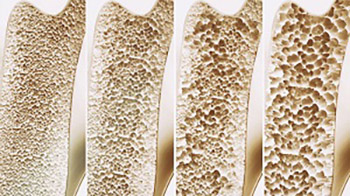Osteoporosis - Current Trends in Diagnosis and Management
DOI:
https://doi.org/10.17305/bjbms.2006.3205Keywords:
osteoporosis, bone mineral density, pharmacotherapyAbstract
Osteoporosis (OP) is a generalized skeletal disorder characterized by low bone mineral density (BMD), deterioration of the microarchitecture of bone tissue and susceptibility to fracture. Most frequently it occurs in postmenopausal women and the aged. It is a chronic condition of multifactorial etiology and is a major global healthcare problem in developed and rising in developing countries. Patients with uncomplicated OP are usually asymptomatic which contributes to serious under-diagnosing of this potentially devastating condition. It is estimated that less than half of patients with OP are diagnosed in many developed countries. Therefore preventive measures and timely diagnosis have to be a key aspect of management of this disorder. In this article we briefly underline pato-physiology of the disorder, review current methods of measuring bone mineral density, describe risk factors and evaluate current and potential therapies.
Citations
Downloads

Downloads
Published
How to Cite
Accepted 2018-02-18
Published 2006-02-20









